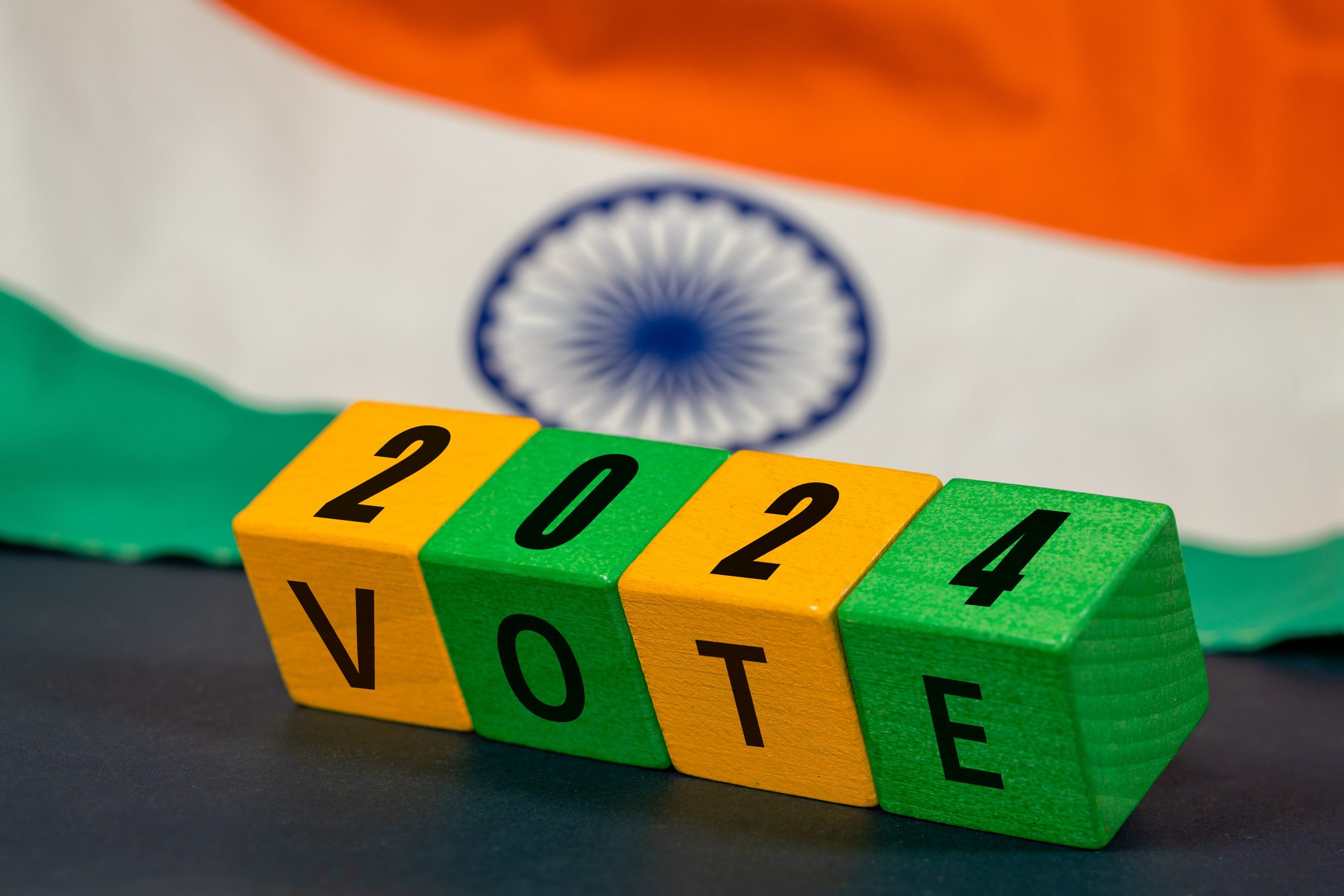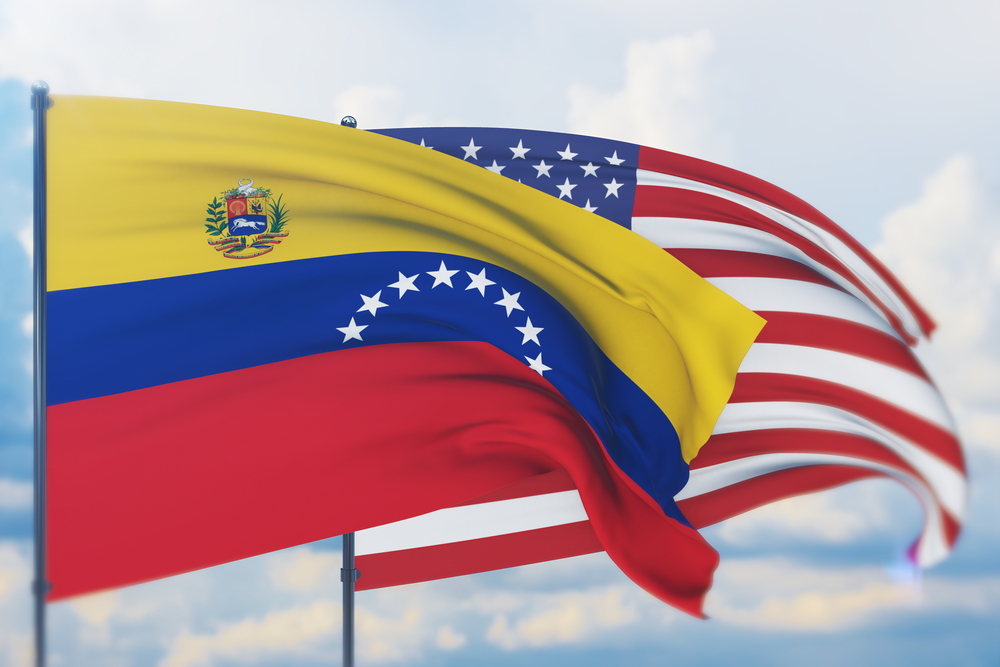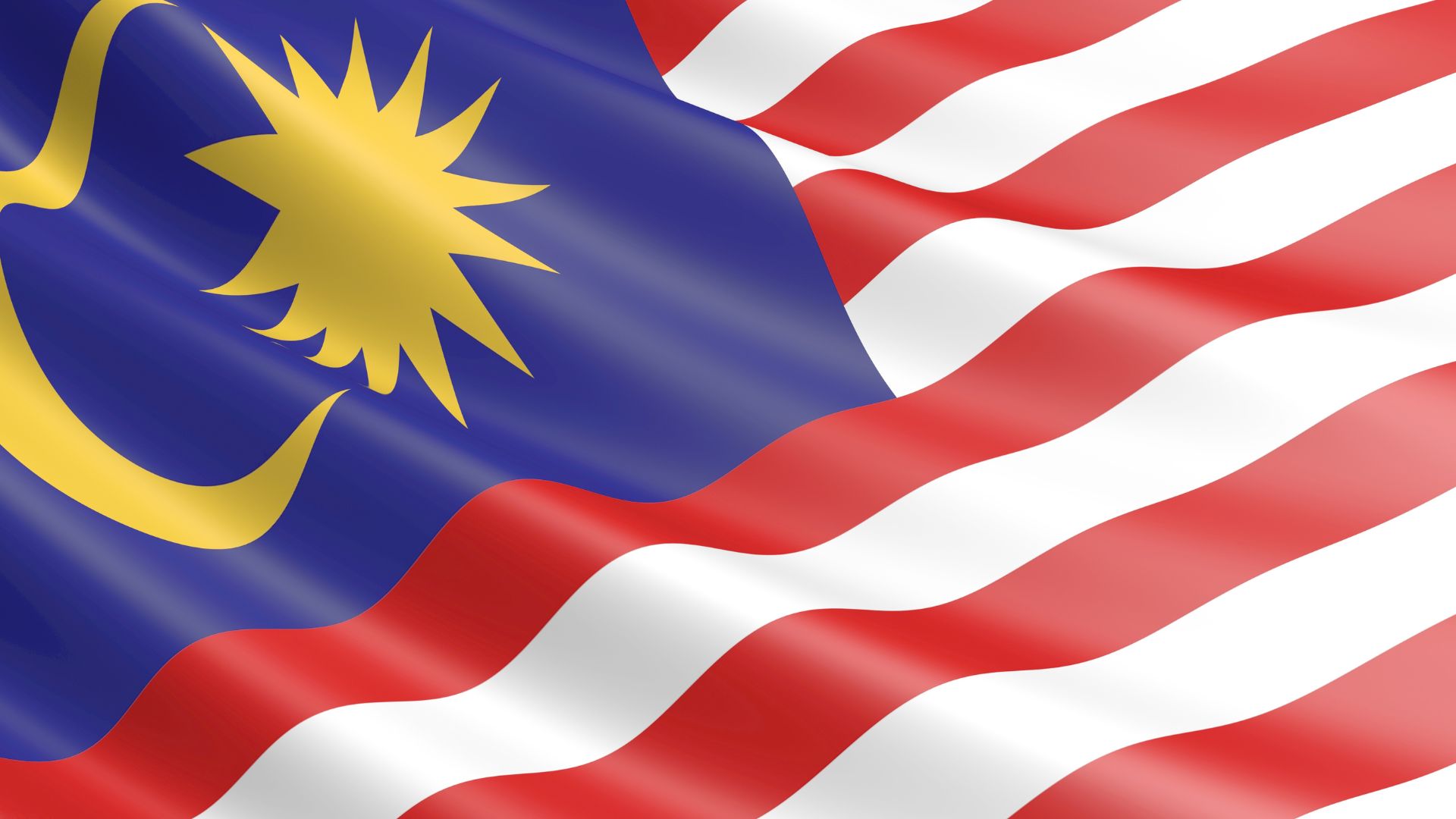
CLA News / Choosing a Prime Minister in a Hung Parliament: tracing Constitutional Conventions for the President’s Choice in India
India recently held its general elections, where it was anticipated that the incumbent, the Bharatiya Janata Party (BJP) would secure over 400 of the 545 seats in the Lower House (Parliament), considering their significant victories in the 2014 and 2019 elections. However, in an unexpected turn of events, whilst the BJP emerged as the largest party, it failed to achieve the 272 seats required to form a government at the center. In the exercise of powers conferred upon the President (Smt. Droupadi Murmu) under Article 75 of the Indian Constitution, Narendra Modi was invited to form the government despite no single political party securing the majority required to form the government.
In India, it is customary for the President to invite the leader of the party with the majority to form the government. However, in the case of a hung parliament, where no party achieves a clear majority, the President must make an informed decision, considering pre-poll alliances or the possibility of post-election coalitions. This election featured two major pre-poll alliances: the National Democratic Alliance (NDA), led by the BJP, and the alliance led by the Congress Party, known as I.N.D.I.A. With the NDA securing 292 seats, they hold the majority. Consequently, Prime Minister Modi will need to demonstrate his government’s support in a floor test in the Lok Sabha to establish its confidence.
While the Constitution does not explicitly address the procedure for inviting a party with a pre-poll or post-poll alliance, historical precedents have shaped this practice. Article 75 of Indian Constitution grants the President discretionary power in appointing the Prime Minister, thereby allowing a degree of discretion in this critical decision-making process.
Former President of India, R. Venkataraman, encountered situations in both 1989 and 1991 where no single party secured a majority in the general elections. In 1989, he invited V.P. Singh, and in 1991, he called upon Narasimha Rao to form the government at the Centre. Venkataraman believed that inviting the leader of the largest party to form the government was the most prudent exercise of constitutional discretion, as it shielded the President from accusations of bias or unfairness. He preferred not to consider pre-poll or post-poll alliances, advocating instead that the leader of the largest party should be invited to prove their support through allies in a floor test in the Lok Sabha.
However, the formula formulated by President Venkataraman could not address all unforeseeable situations. For instance, in 1996, President S.D. Sharma invited Atal Bihari Vajpayee to form the government for the 11th Lok Sabha, as the BJP was the single largest party. Within 13 days, Vajpayee withdrew his motion of confidence in the Lok Sabha, realizing he could not secure the necessary votes.
During K.R. Narayanan’s presidency, the Lok Sabha was dissolved twice. On November 28, 1997, Congress withdrew support from the I.K. Gujral government. Following Gujral’s advice, Narayanan dissolved the Lok Sabha on December 4, 1997, as no party could secure a majority. In the subsequent elections, the BJP, leading the NDA, emerged as the largest party. Although the NDA initially lacked a majority, Narayanan asked Vajpayee to provide letters of support of allies. Vajpayee secured the support and was appointed Prime Minister on March 15, 1998, with the condition to win a confidence vote within 10 days, which he did.
On April 14, 1999, the AIADMK withdrew support from the NDA by writing a letter to the President, leading Narayanan to advise Vajpayee to seek a vote of confidence. The motion was defeated on April 17, and both Vajpayee and Sonia Gandhi staked claims to form the government. When neither could provide proof of support through letters written by alliance partners, Narayanan concluded fresh elections were necessary, dissolving the Lok Sabha on April 26, 1999. In the ensuing elections, the NDA secured a majority, and Vajpayee was reappointed Prime Minister on October 11, 1999. Through these decisions, President Narayanan established a new precedent for government formation in the Lok Sabha: if no party or pre-election coalition had a majority, a person would be appointed Prime Minister only if they could convince the president of their ability to secure the house’s confidence through letters of support from allied parties. On the basis of this precedent, the UPA led by Manmohan Singh as PM was invited twice to form the government after showcasing support of its allied partners in 2004 and 2009.
In 2014 and 2019, Narendra Modi’s election saw the BJP secure a clear majority, eliminating the need for coalition support. However, the 2024 election resulted in no single party achieving a majority. The NDA coalition, with partners like Chandra Babu Naidu (TDP), Nitish Kumar (JDU), and Chirag Paswan, has collectively declared their support for Modi as their Prime Minister. With the NDA exceeding the requisite 274 seats with a total of 292, President Murmu, adhering to constitutional precedent, was justified in inviting Modi to form the government, ensuring continuity and stability.
Siddharth Sijoria
Co-Chair and representative for India
Young Commonwealth Lawyers Association
Find out more about Siddharth Sijoria




